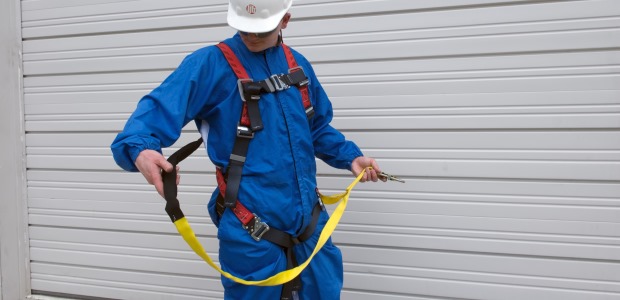
By Thomas Kramer
How the new fall protection code should impact equipment purchases.
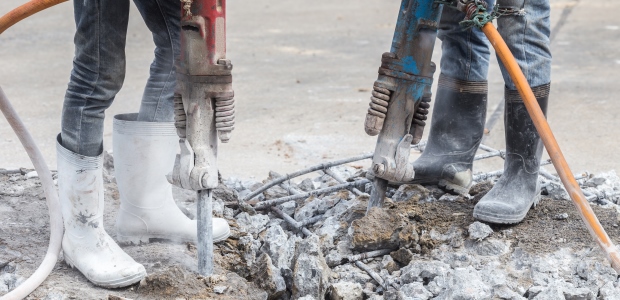
By Richard Kallis
OSHA- and ASTM-compliant footwear prevents workplace injuries.

By Jerry Laws
The Society for Incentive Travel Excellence's SITE Index 2017 sheds light on incentive users' tracking of return on investment (ROI)—or their lack of tracking.
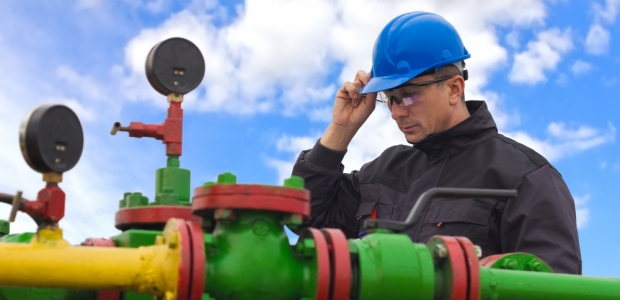
By Hamed Khoshniat
Employers and workers need to pay special attention to minimum recommended safety requirements of approved standards and safe working procedures.
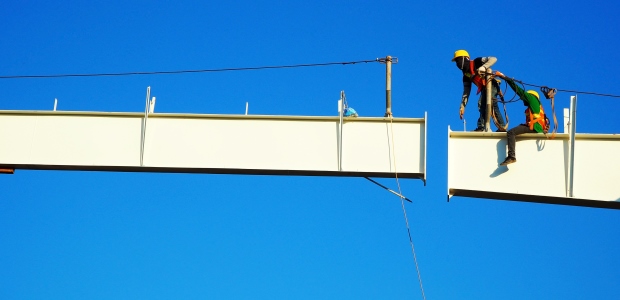
By Spencer Lane
Those writing fall protection plans must understand the hazards of harness hang syndrome in fall protection.

By Matt Holden
The Zika virus was a concern throughout 2016, and November voting showed a clear trend toward broad legalization of marijuana in the United States.
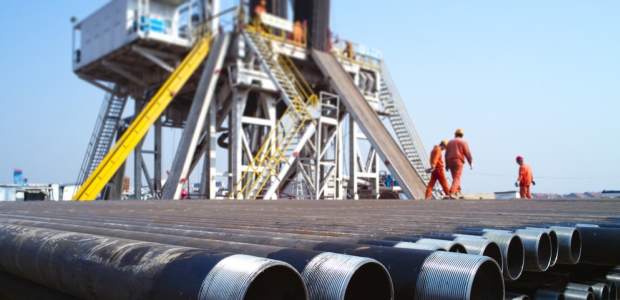
By Larry Medina
The benefits of leveraging data for on-site workers' protection, as well as a company's operations, must be realized.
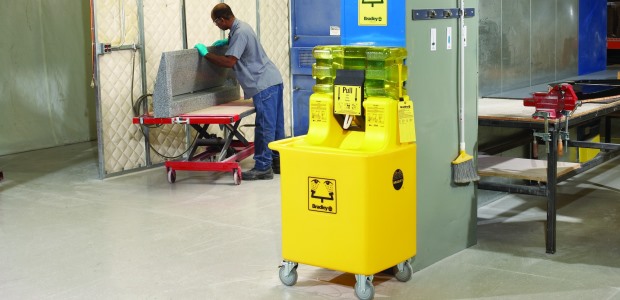
By Ryan Pfund
The best time to prepare a facility's immediate and effective response to hazardous chemical exposure is before it ever happens.
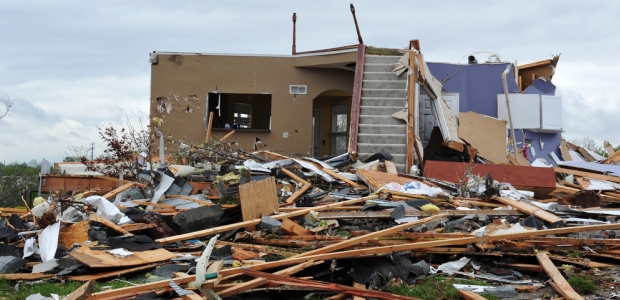
By William F. Donahue IV
Without mass notification systems, the silence can be deafening and fatal.
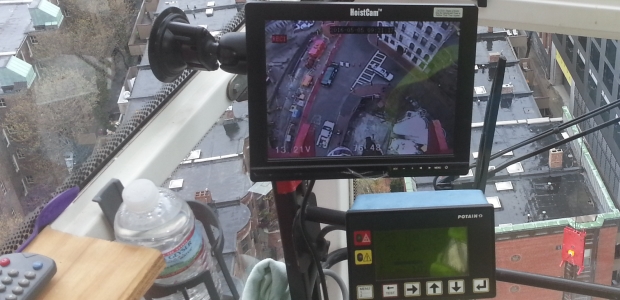
By Christopher G. Machut
Remote operated cameras aid in mitigating risk in construction work.
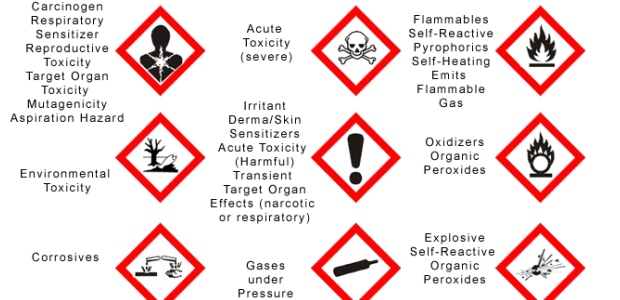
By Sally J. Smart
Employees are to be trained when they are initially assigned to work with a hazardous chemical. Additional training is to be done whenever a new health or physical hazard is introduced into the work area.
President-elect Trump has promised to eliminate EPA, which was created during the administration of Republican Richard Nixon.
By Shawn M. Galloway
Experience shows that change, especially culture change, happens best from within.
By Robert Pater
Tangible and sustaining improvements are built in three stages.